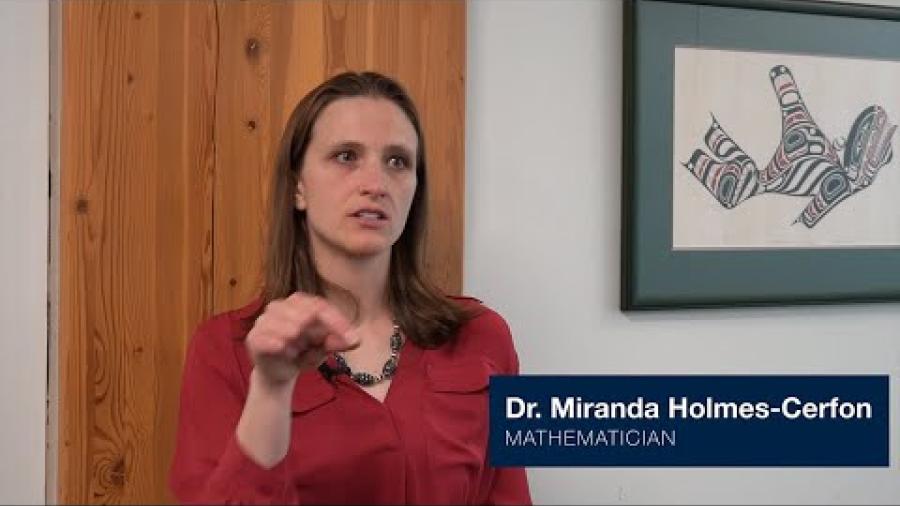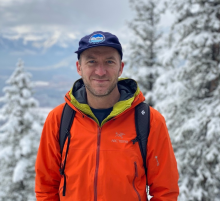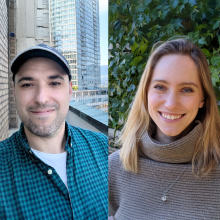
Even when Dr. Miranda Holmes-Cerfon was an undergraduate honours student at UBC, she knew she wanted to use mathematics to tackle problems typically studied in other disciplines.
“People in other disciplines talk a different language,” Dr. Holmes-Cerfon says. “They might be talking about the same idea, but unless you speak their language and emphasize the things that they emphasize, your research can easily be ignored. I've learned to talk the language of math and the language of physics and figured out how to bridge the divide.”
Today, her research occurs at the intersection of soft matter physics and statistical physics, helping to design nanoscale systems. These systems run the gamut from working on the hollow shell that delivers a vaccine, a nano robot that performs surgery in a bloodstream, a battery component to store energy, or a piece of a super resolving microscope.
“The big question is how do you design particles to form into a structure that’s useful for some purpose? The trouble is, you can’t do it the same way you do at our scales. It's not like building with Lego where you build a pieces exactly the shape you want and then put them exactly where you want. At the nanoscale, particles are being jiggled around all the time.”
Statistical “noise” generated by particles in the tiny structures make it hard to predict how they will react. The randomness of the noise means that a single equation can’t be used to predict where particles will go each and every time. Instead, the particles’ movement can only be described on average, statistically. Hence, math.
“You need to somehow harness this noise and get it to push the particles to the state that you want them to assemble into,” she says. “I'm trying to control it by designing particles. Who sticks to who? Should they be charged or not charged? How can we control this distribution so we make the thing we want very likely to appear?”
Now rejoining UBC’s Department of Mathematics as an associate professor, Dr. Holmes-Cerfon, is also looking to pull people together.
“I really love working in collaboration with someone who has a different set of tools and ideas to try and solve a problem,” she says. “Some people view math as sitting in isolation at your desk, coming up with brilliant ideas on your own. That’s a completely flawed stereotype. The more we can do to show that math is actually a human subject, one that you can discuss with people, then we’ll engage more people in math.”
Dr. Holmes-Cerfon finds that women mathematicians that tend to work more collaboratively than their male counterparts. Scientific collaboration, especially in male-dominated fields, can be precarious for women. Math culture can be particularly individualistic, which often leaves less room for creative and gifted scientists that aren’t attracted to competition.
“I've gravitated towards areas that are very welcoming, where people are willing to engage with each other's ideas, and there's less competition between groups and more of a sense that we're tackling a problem together. Fields like that are attractive to me and I think they're attractive to more women.”
But the landscape is shifting, says Dr. Holmes-Cerfon.
“When I was a student at UBC, I can remember a single female professor. Now there are many more. There's still a way to go before there's any form of gender parity, but I think UBC is doing a much better job now of making their faculty more gender diverse.”
In the spring semester of 2023, Dr. Holmes-Cerfon will teach two courses as she settles in to the math department, writes grant applications and recruits graduate students. Dr. Holmes-Cerfon’s return to UBC comes after earning a PhD at New York University (NYU), Courant Institute of Mathematical Sciences, her post doctorate studies at Harvard, a second post doctorate at NYU, followed by a decade as a member of its faculty.
“There are lots of things that I liked about New York City, but I'm really happy to be back in Vancouver,” she says. “Part of what I am excited about is contributing to the community that I grew up in and care about.”


